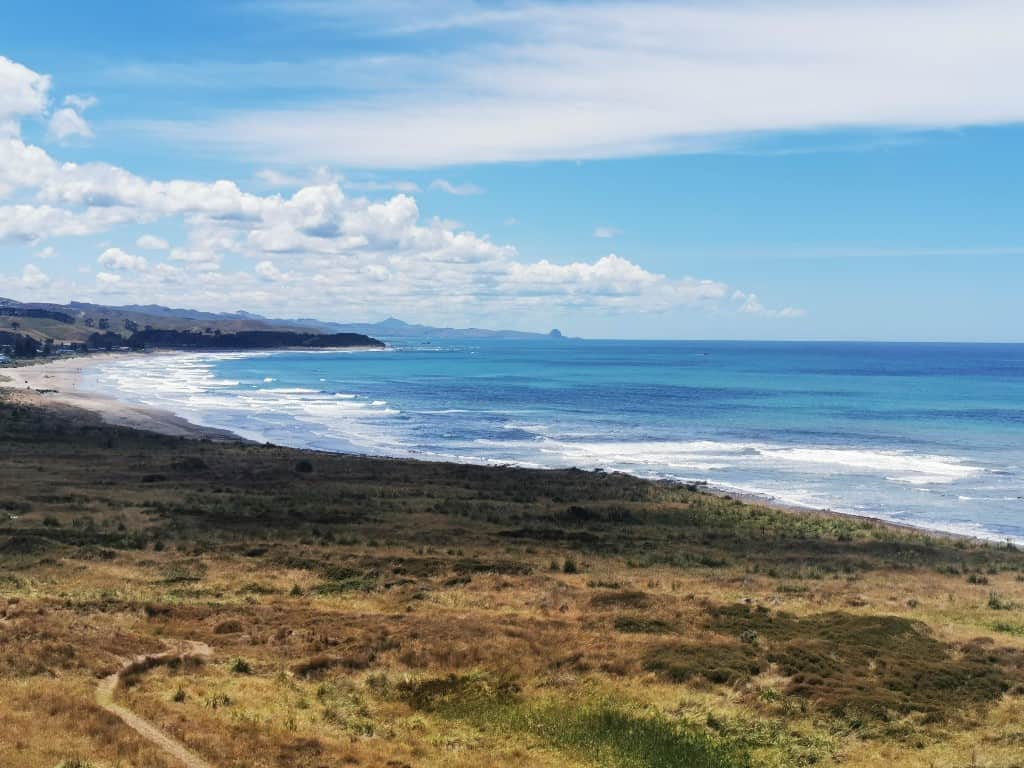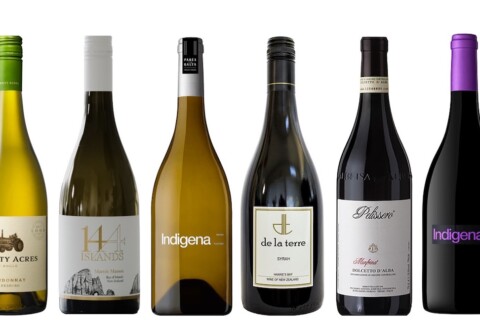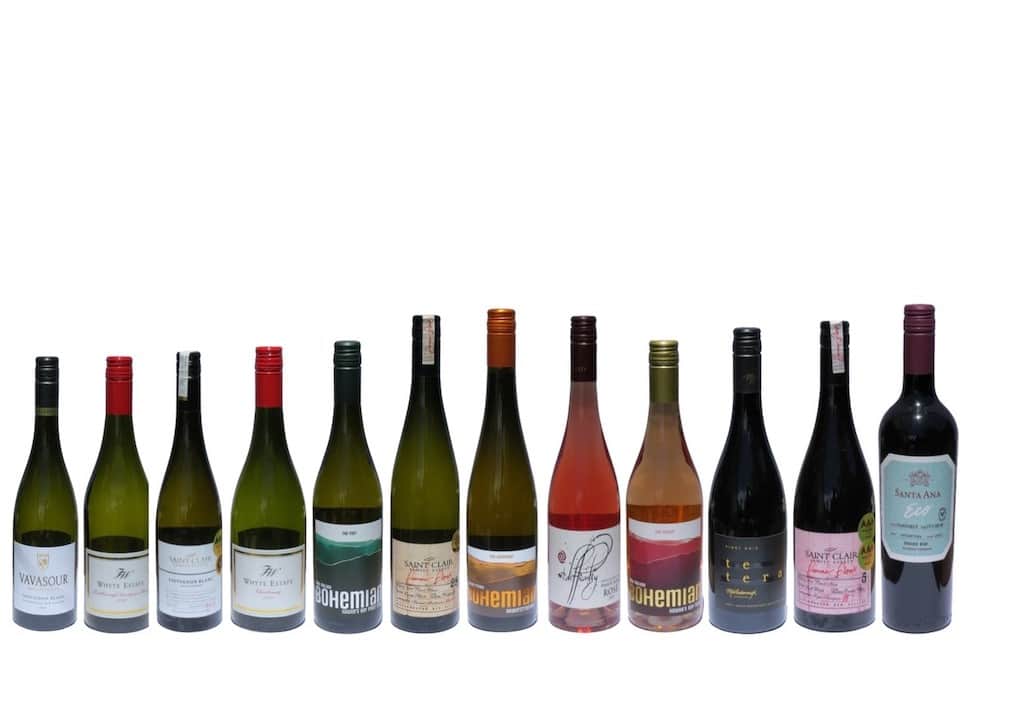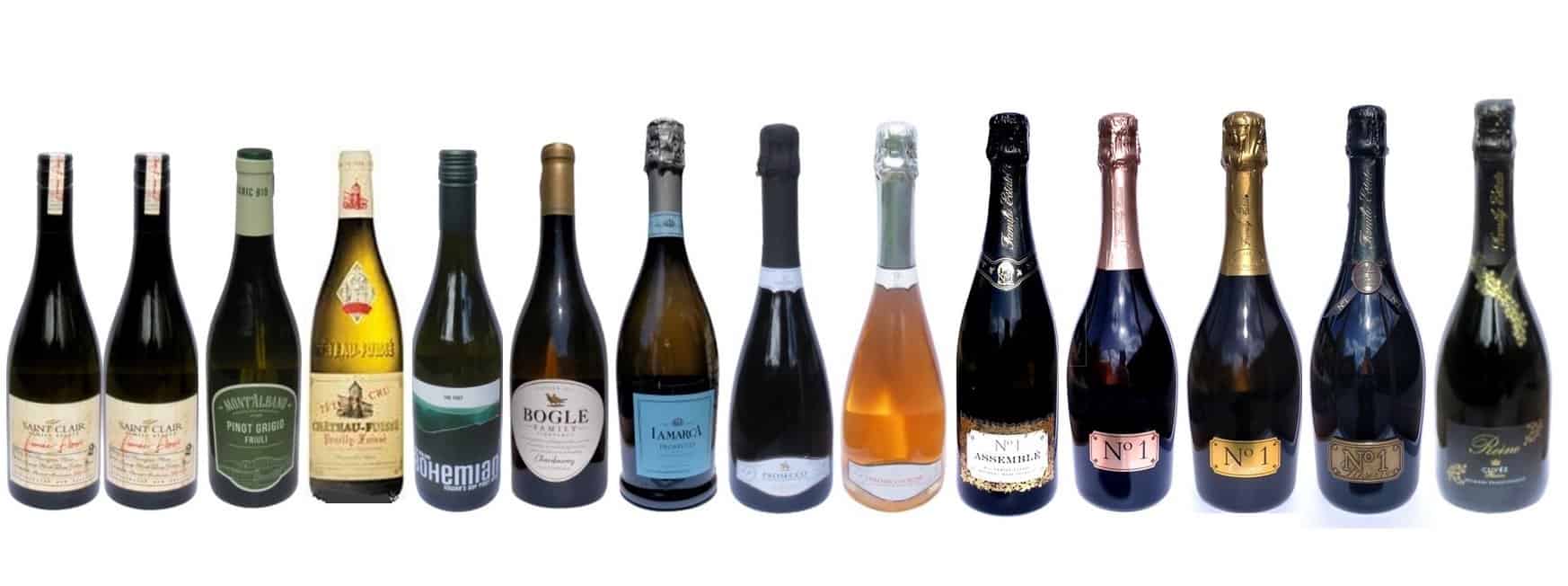Martinborough is a quiet achiever that delivers winning wines. PETER GRIFFIN loves it so much he even bought a crib nearby.
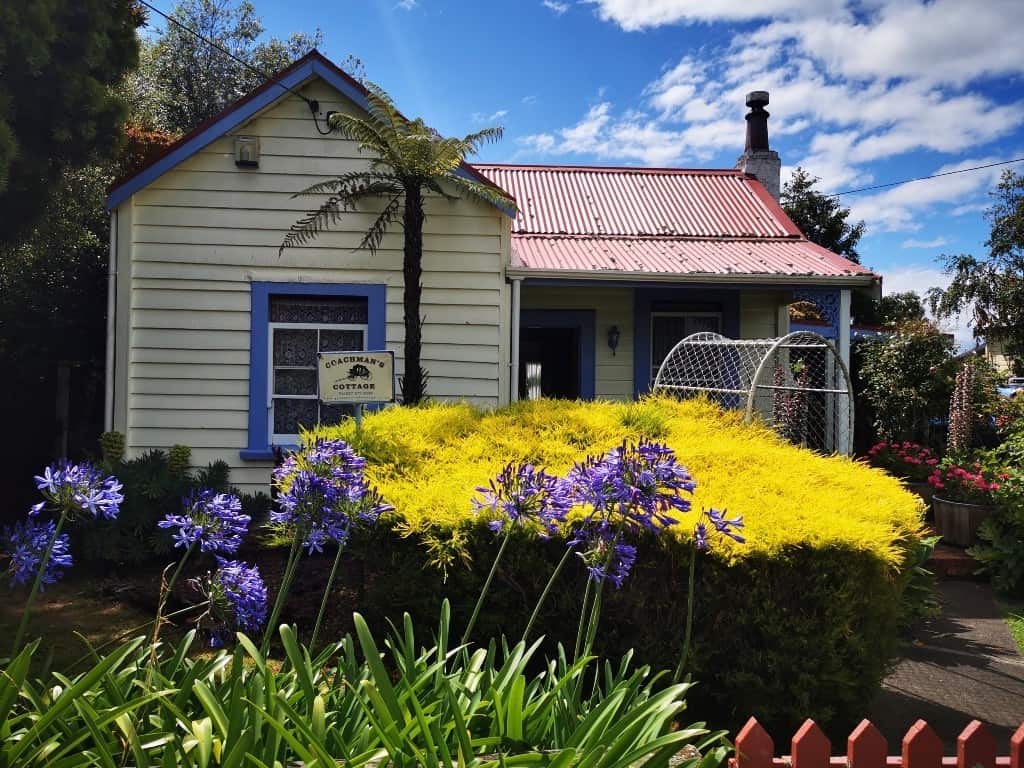
Around 55 kilometres north of my apartment in Wellington sits a cute little town full of heritage cottages and streets laid out in the pattern of a Union Jack.
I nearly bought one of those Martinborough cottages around five years ago when I briefly entertained the notion of moving to the town to divide my time equally between writing and drinking wine.
The cottage I had my heart set on was over a century old and on the market for around $250,000. It had one of those sweeping covered balconies, original wood throughout and a well-manicured garden.
But it also had wonky floors, sash windows in need of replacing and a leaky roof. Sadly, I’m not a DIY sort of guy. I’d have kept every tradie in town occupied for months fixing the place up. So I gave up on my dream and remained a city dweller.
That little cottage is now valued at nearly three times what it was on the market then and does brisk business as an Air Bnb rental. The repairs would easily have paid for themselves. Still, I make do with twice-yearly pilgrimages to my local wine region, which seems to get smaller every time I visit.
Would you like to support our mission to bring intelligence, insight and great writing to entertainment journalism? Help to pay for the coffee that keeps our brains working and fingers typing just for you. Witchdoctor, entertainment for grownups. Your one-off (or monthly) $5 or $10 donation will support Witchdoctor.co.nz. and help us keep producing quality content. It’s really easy to donate, just click the ‘Become a supporter’ button below.
Toast of the town
I used to drive between cellar doors. Then I’d hire a bike. Now I walk at a brisk pace, knowing exactly how long it takes to get from one vineyard to the next, and what shortcuts to take.
My first impressions of Martinborough were forged in the haze of Toast Martinborough, the annual festival that is usually boozy, crowded and highly entertaining when the wind isn’t kicking up a dust storm and the bands are on form.
But Toast Martinborough is not the ideal venue in which to appreciate the best wine Martinborough has to offer. You are better off visiting the cellar doors on a quiet weekday morning, doing the rounds early so you have the opportunity (if you’re lucky) to talk about the wines with the winemakers or vineyard owners themselves.
Martinborough is boutique by nature – it accounts for around three per cent of New Zealand’s wine output. It is best known for its top-notch Pinot Noir, which is typically more full-bodied and complex than its Central Otago equivalent. But the flinty and tropical Martinborough Sauvignon Blanc is also popular with those turned off by the grassy acidity of what Marlborough has to offer.
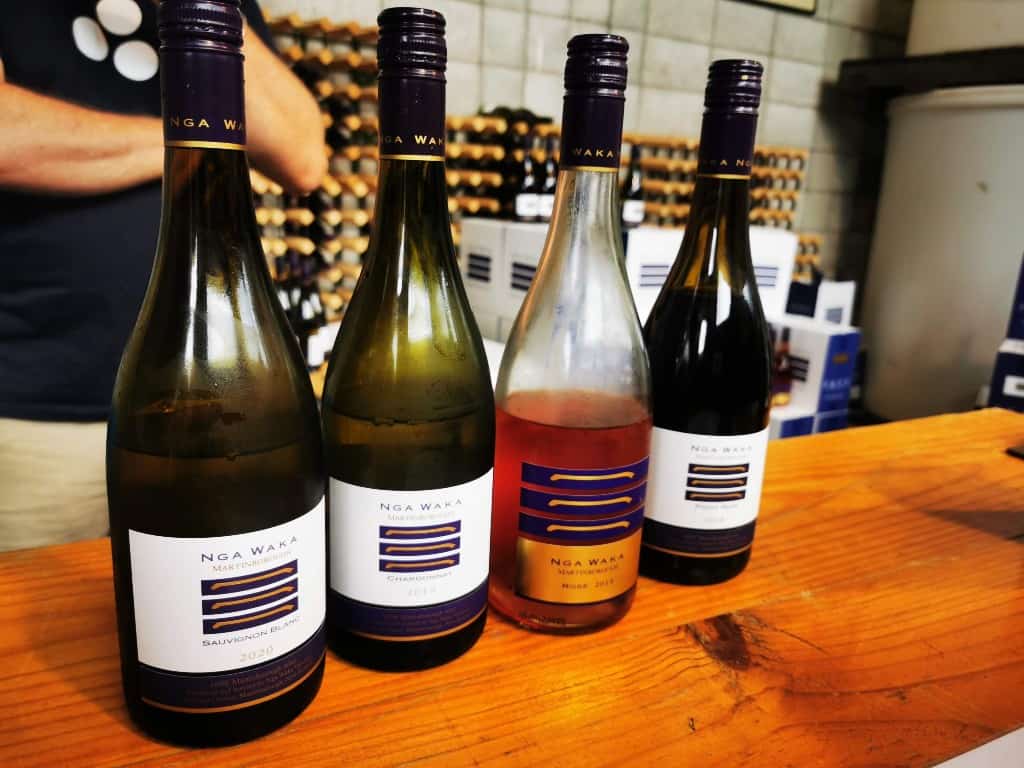
There is a growing selection of great Martinborough rosé as well and a handful of Chardonnay and Pinot Gris producers who deliver consistently good and increasingly impressive wines. But there’s a lot of experimentation going on too with aromatic varietals as well as sparkling and natural wines. For a small region, the diversity is impressive and the only category the region doesn’t really do is the Bordeaux-style blends Hawkes Bay is known for.
Martinborough has a relatively dry climate, sheltered as it is by the Rimutaka Range you wind your way over on the approach from Wellington as well as the Wairarapa hills. The land is also underpinned by alluvial gravel, which drains well. That serves to limit the water uptake of the vines, stressing them out and producing bunches of small, intense berries as a result. It turns out to make for excellent grapes.
DSIR scientists testing the soil back in the late 1970s found that Martinborough shared similar characteristics with Burgundy, and an influential research paper was the impetus for the first winemakers to try their hand at cultivating commercial vineyards.
Iconic producers
A few decades later and names like Te Kairanga, Ata Rangi, Dry River, Palliser Estate, Martinborough Vineyard and Margrain Vineyard are iconic names of New Zealand wine.
Martinborough, for me, is about old favourites lovingly crafted and of consistently high quality and the potential to surprise. I get to drink a lot of aged Pinot Noir from Martinborough as I’m lucky to know several Wellingtonians with well-stocked cellars. Seeing an old-school Ata Rangi or Nga Waka label on a newly opened bottle fills me with joy – it’s rare to come across a quality Martinborough Pinot Noir that doesn’t take on pleasing new dimensions with age if it’s been cellared correctly.
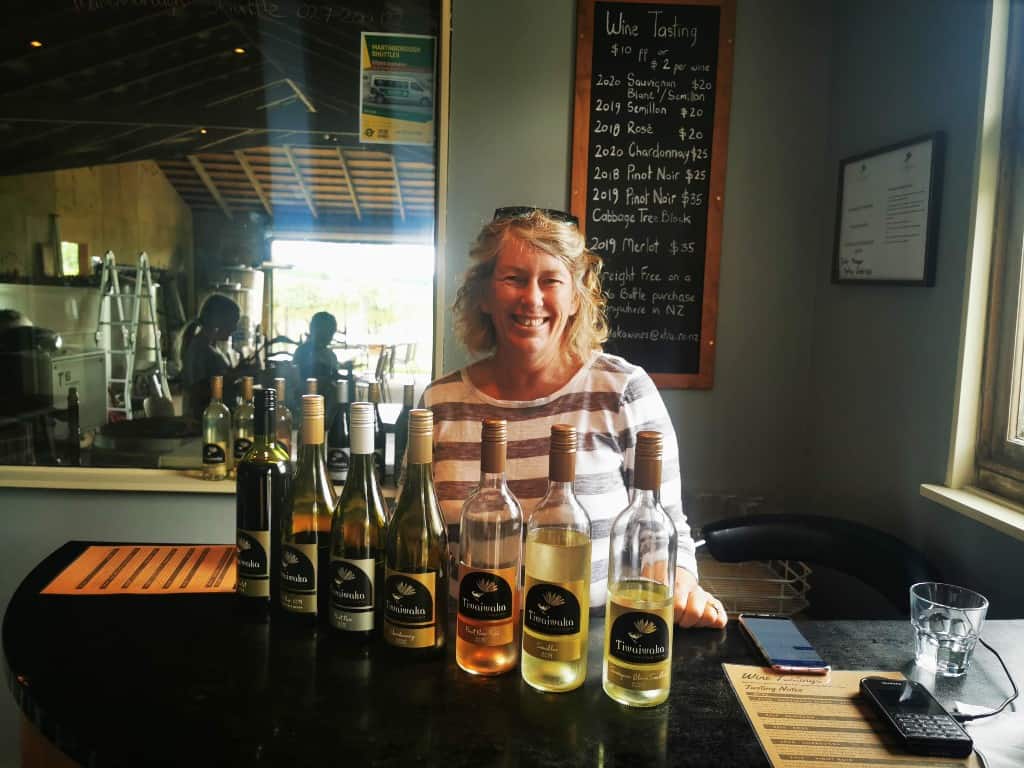
But Martinborough is also known for reasonably priced wines. At Schubert, the organic wine producer behind one of my all-time Martinborough favourites, the Con Brio Syrah/Merlot/Pinot Noir blend ($58), the most expensive wine is its 2018 Block B Pinot noir at $65.
Te Kairanga’s John Martin Pinot Noir 2018, which Air New Zealand listed among its 2020 fine wine selection, sells for $44 and is great drinking now. It will be even better with 5-7 years of cellaring.
Doing the rounds – some suggestions
As wine regions go, Martinborough is also one of the easier ones to navigate, and has plenty of good dining and sight-seeing options in close proximity. Here’s my itinerary for the latest visit entailing a couple of days of wine tastings. These nine producers give you a good idea of what Martinborough wine has to offer.
Nga Waka
Roger Parkinson has been making wine at Nga Waka for 26 years and the label is probably best known for its Nga Waka Lease Block Pinot Noir. Nga Waka rosé is great drinking and great value at $19. Nga Waka has only recently re-opened its cellar door after a 20-year hiatus as Parkinson focused on the winemaking side of the business.
New general manager Mick Hodson showed me the plans for a stylish new tasting room that will be built on the vineyard near the main road later this year. I’m looking forward to that but add Nga Waka to the list to visit in the meantime, Hodson is a wine industry veteran so full of knowledge and happy to share it too.
Tiwaiwaka
Next door to Nga Waka is a true boutique Martinborough winery run by Morton and Elise Anderson. Elise told me the story of how, around 20 years ago, the couple got in a campervan and visited the country’s wine regions, determined to find the perfect place to start their own winemaking journey after working on vineyards in South Australia.
They bought five acres in Martinborough and put out their first vintage in 2003. It’s a true family affair with the Anderson’s handling every aspect of the business, and Elise is a warm host. My top picks are Tiwaiwaka’s complex and fruity Merlot $45 and the 2020 Cabbage Tree Block Pinot Noir ($40) which is drinking well young but will age nicely.
Alana / Grava
Alana is a well-known name in Martinborough and one I associate with decent quality across the board. These aren’t my favourite wines, but the 2017 Alana estate Pinot Noir and the 2016 Alana Limited Release Pinot Noir impressed me during the tasting. The attractive tasting room is shared by Grava, a newer name in Martinborough and producing Pinot Noir, Sauvignon Blanc, Riesling and rosé. For me, the highlight was Grava’s 2018 Riesling: crisp, fruity with that familiar kerosene tang, really easy to drink.
Escarpment
A favourite of mine from Martinborough for its consistency. The Kupe Pinot Noir ($115) is one of my favourite New Zealand pinots full stop; not that I get to sample it very often.
Escarpment Chardonnay is another favourite of mine and the 2019 vintage I tasted was creamy with just the right amount of oak. The 2017 Escarpment Pinot Noir ($49) was a little green to my palate, but I picked up a couple to put away for a few years. Escarpment has a modern tasting room that is located with the Peppers hotel which has a great swimming pool too. Well worth a visit.
Palliser Estate
I have a real affinity for Palliser Estate because its label carries the insignia of the Griffin, which is part of my family crest. I usually celebrate my birthday with a bottle of The Griffin, Palliser’s excellent Méthode Traditionnelle ($46), which employs the same techniques that are used to make Champagne.
But the highlights for me on this visit were the Palliser Estate 2019 Chardonnay ($39) and the Palliser Estate Rose 2020. The latter, a crisp and fruity 100 per cent Pinot Noir rosé went down a treat with everyone tasting on a hot summer’s day. In fact, our host told us that earlier that day a customer had bought all remaining rosé magnums – 92 bottles!
Palliser has a busy restaurant and well-appointed grounds, so less of the personal touch. But it is a great spot to visit and a few wines that rank up there with Martinborough’s finest.
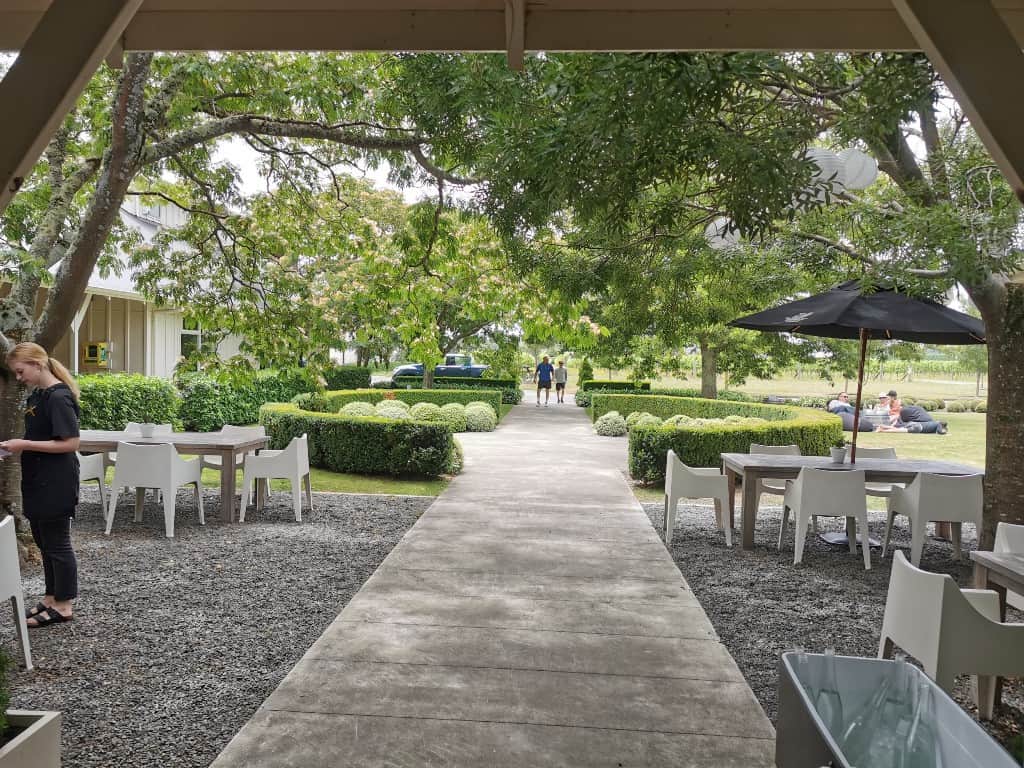
Cambridge Road
Cambridge Road is a small producer with a 2.2-hectare block that was originally planted in Pinot Noir and Syrah back in 1986. The current owners took over in 2006 and reverted the vineyard to its organic roots, introducing biodynamic techniques as well.
These are all “natural” wines, which means they are made from unadulterated fermented grape juice and nothing else. So you can expect the usual cloudy appearance, funky aroma and orchard floor taste that are associated with natural wines.
They are typically not easy drinking. They are not to everyone’s taste. This latest tasting reaffirmed for me that they aren’t really for me – beyond the occasional glass. The tasting measures were enough. I couldn’t imagine drinking an entire glass of any of them, other than the Rose of Venus rosé blend ($30). It’s dry and crisp with a slight spritz to it, refreshing and interesting. The rest were a bit too tart, acidic and astringent for my palate. I respect what Cambridge Road do, but I quickly moved on to an old favourite…
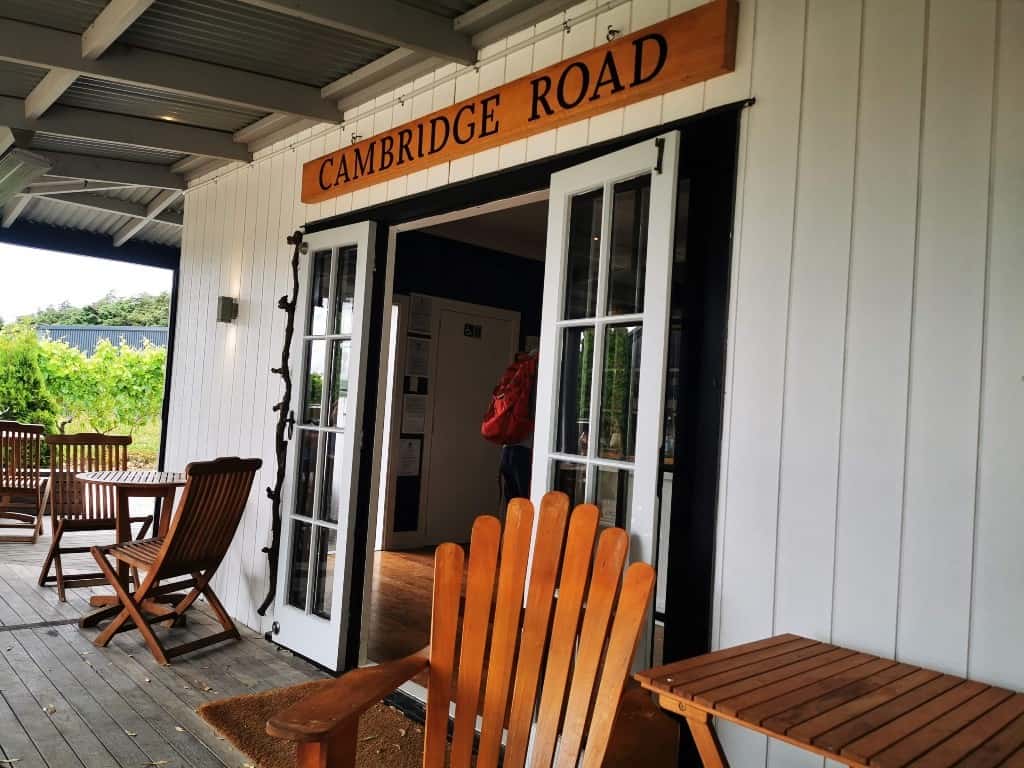
Schubert
Everyone loves Schubert. It’s the unpretentious cellar door combined with the diligent attention to detail evident in the winemaking of its German owners Kai Schubert and Marion Deimling, who have been growing grapes in Martinborough since 1998.
The couple roamed the world looking for a place to pursue their passion for Pinot Noir and the two flagship reds. The 2018 Marion’s Vineyard Pinot Noir ($48) and the 2018 Block B Pinot Noir ($65) are both worthy additions to the cellar. As mentioned, the Con Brio ($58) is a great wine, complex and smooth, exactly what you want in a red blend and ideal for a special occasion enjoyed over a meal with good friends.
Ata Rangi
Another classic, and another favourite of mine. Ata Rangi is one of the old-guard of Martinborough, its founder Clive Paton one of the first to test the area’s ability to yield quality grapes in viable quantities when he planted the vineyard in 1980.
Since then, Ata Rangi has come to be considered in the same breath as Te Mata, Villa Maria, Clearview and Kumeu River, the big and best-loved names of New Zealand wine.
Its Te W? Sauvignon Blanc ($29) is one of my favourites from Martinborough and expresses what is unique about the varietal in that geography. The Pinot Noirs are fantastic, as are Ata Rangi’s chardonnays. Celebre ($40) is a really successful red blend and Ata Rangi even offers a great Syrah in Juliet ($60). Tastings of the Ata Rangi Pinot Noir 2018 ($75) and Ata Rangi McCrone Pinot Noir 2017 ($75) reminded me why I like these wines so much – smooth, well-balanced, fruity and complex – everything you want in a pinot. You pay a premium, but it is worth having a few of these in your cellar.
Margrain Vineyard
Margrain’s cellar door is a must-visit for me. The restaurant is a great lunch spot, casual dining tastefully done and there’s nothing better than sitting outside sipping a glass of rosé on a sunny day.
The tasting room and dining terrace are elevated over the vineyard giving you a great view. I’d also recommend organising a tour of the winery and cellar. Favourites of mine among their wines include the aforementioned rosé ($28), Margrain’s distinctive Sauvignon Blanc ($24). They also do a wonderful Chenin Blanc dessert wine, which Bob Campbell rated 95/100 for the 2019 vintage and describes as “luscious, sweet Chenin Blanc with honey, mango and quince flavours supported by tangy acidity that perfectly balances residual sugar”.
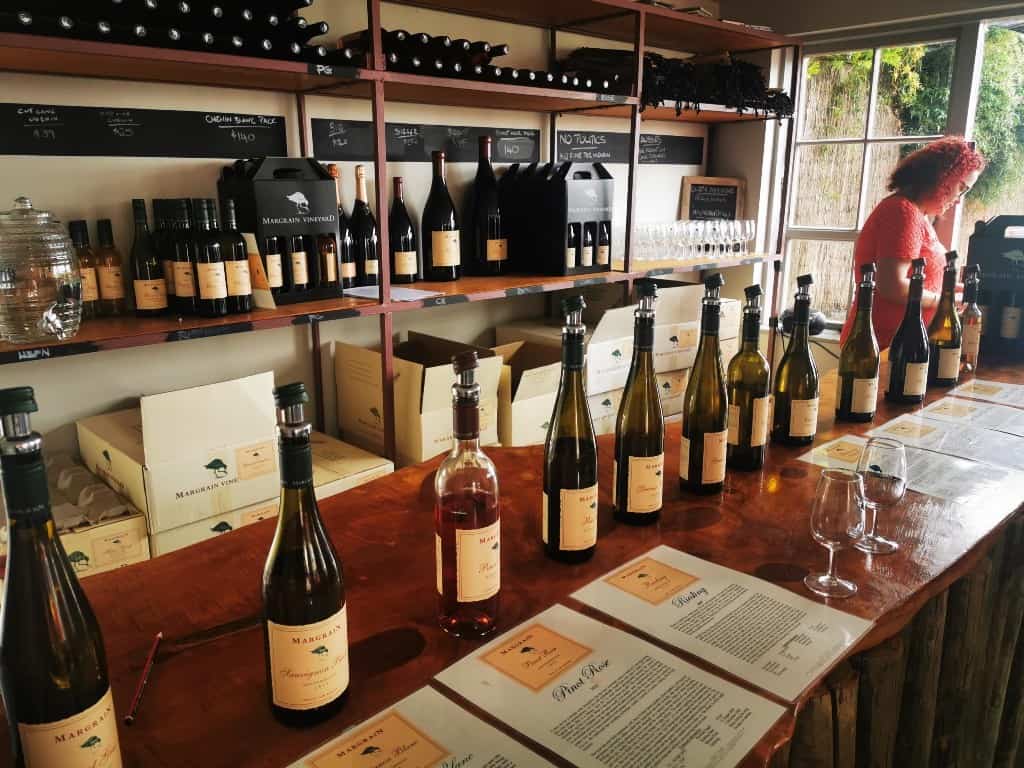
But it is really about the Pinot Noir for me at Margrain and my most recent tasting confirms the continuing attention to craft and quality in the three Pinots on offer, of which the 2017 Homeblock Pinot Noir offers the best bang for buck – I picked up a couple for cellaring.
Dining suggestions
The Martinborough Hotel – as good a spot as any in town for dinner. It’s a great venue, with good service and reliable quality food. Make sure you book to secure a spot Friday through Sunday. Skip the tasting flight of reds which is underwhelming. Head straight for a glass of the Nga Waka Pinot Noir instead to go with the pork belly, which is delicious. The John Dory was also fantastic.
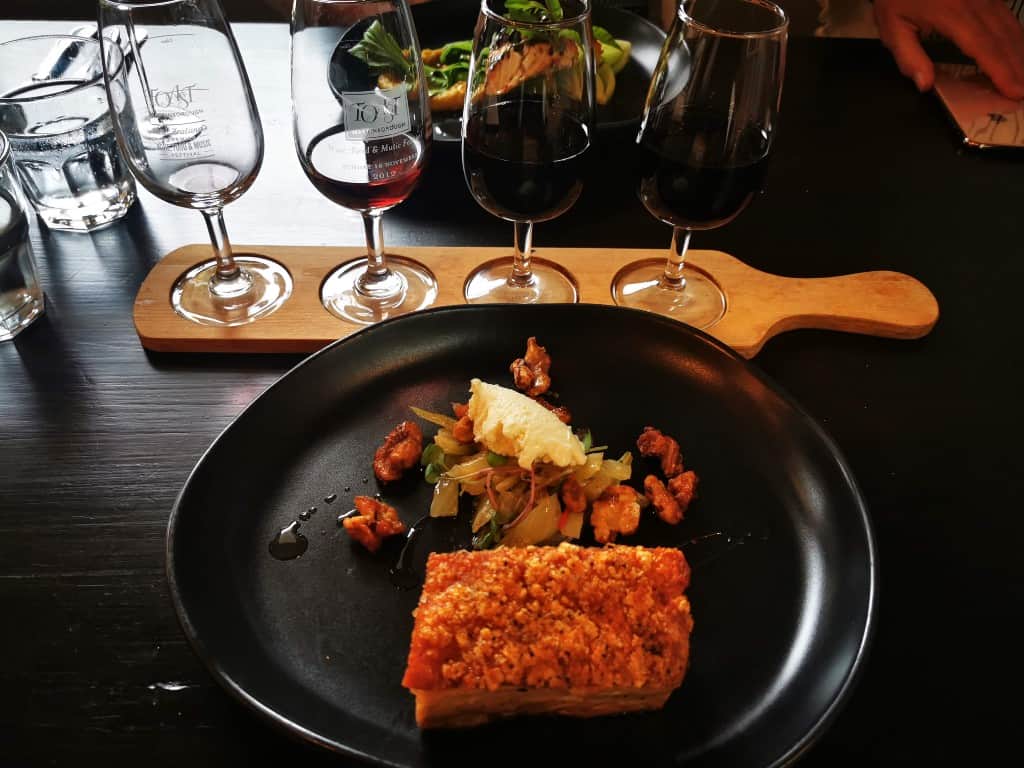
Little Square Pizza – A great pizza restaurant in an old villa on the corner of the square. Beautiful setting and in the courtyard at the moment is a food truck doing delicious slow-cooked meat dishes. I recommend the pulled beef and will be back to try the ribs.
Poppies – One of the best lunch venues at a vineyard in Martinborough and a great selection of wines too.
Moy Hall – A relatively new operation with a great restaurant and a lovely outside area to sit, drink wine and dine a few feet from the vines. Love their Pinot Noir.
The wider region
Martinborough is really the jewel of south Wairarapa, but it is also the gateway to so much more, including the east coast, from Palliser Bay and Lake Ferry to Castlepoint and Riversdale Beach.
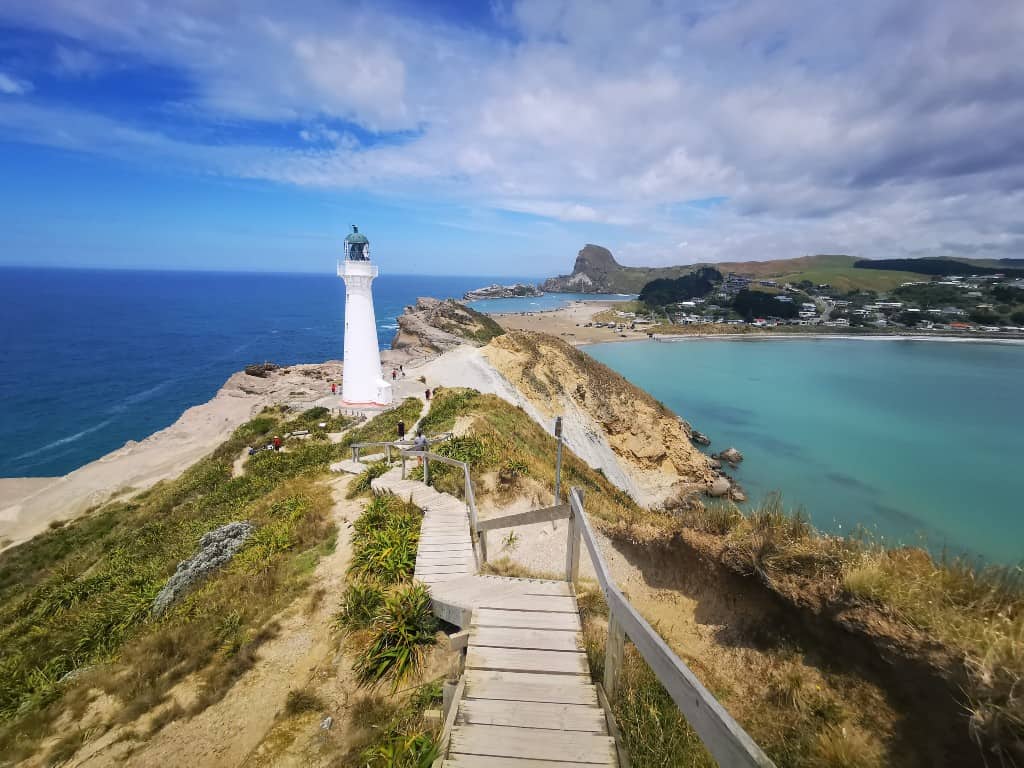
It’s Riversdale where I ended up buying a place, more of a shack than a cottage, but somewhere that has become my sanctuary and happy place. The scenery isn’t as dramatic as Castlepoint, but Riversdale Beach is sheltered and inviting and has a great community with the surf club, golf course, fire station and local store at the heart of it.
Take a turn-off on the way north to sample some of Martinborough’s finest wines and food before heading for the beach.
